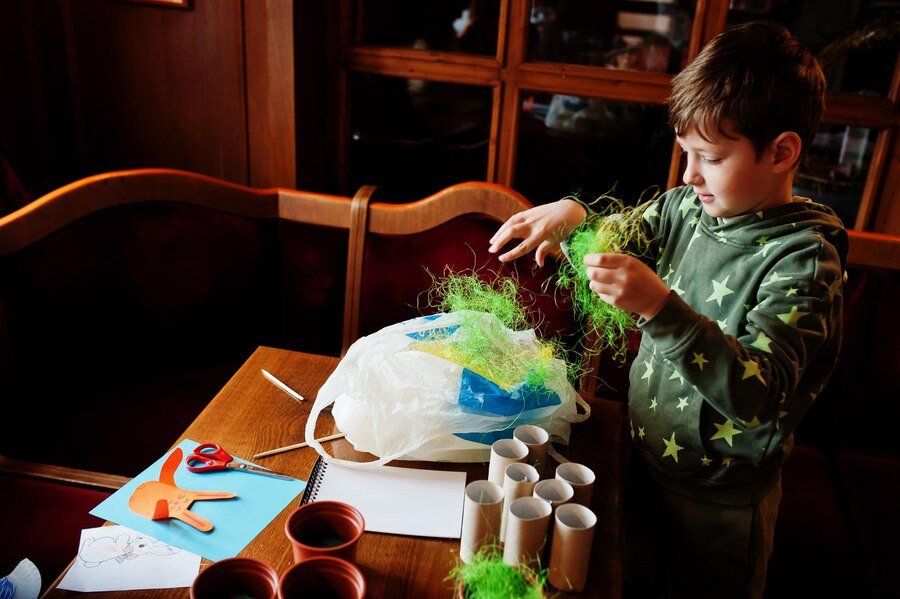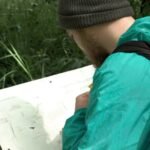Plain Air Atelier is an art studio or workshop focused on teaching and practicing traditional artistic techniques, often emphasizing outdoor (plein air) painting. Derived from the French term en plein air, meaning “in the open air,” this style encourages artists to immerse themselves in nature, capturing light, color, and atmosphere directly from the environment.
Ateliers like Plain Air offer structured learning programs for aspiring artists, fostering creativity and skill development through hands-on guidance.
The Core Philosophy of Plain Air Atelier
Ateliers like Plain Air focus on the belief that art is best learned through practice, discipline, and mentorship. By combining classical art principles with modern creativity, these spaces become sanctuaries for those looking to refine their artistic voices.
Features of Plain Air Atelier
1. Emphasis on Traditional Techniques
Plain Air Atelier often follows the classical atelier model, where artists are trained in foundational techniques like drawing, shading, perspective, and color theory.
2. Outdoor Painting Sessions
Plein air painting is at the heart of these ateliers. Artists step out of the studio to paint landscapes, urban scenes, and nature in real-time.
3. Individualized Instruction
Unlike crowded classrooms, ateliers often provide personalized feedback, allowing artists to progress at their own pace.
4. Community and Collaboration
Artists from different backgrounds come together to share ideas, techniques, and experiences, creating a vibrant and inspiring environment.
Why Choose Plain Air Atelier?
1. Immersion in Nature
Painting outdoors allows artists to develop a deeper connection with their surroundings, enhancing their observational skills.
2. Build a Strong Foundation
Ateliers focus on core skills, enabling artists to master the fundamentals before exploring more complex styles.
3. Improve Creativity
The structured yet flexible approach of Plain Air Atelier provides the tools and freedom to push artistic boundaries.
4. Mentorship Opportunities
Students learn directly from experienced artists, gaining insights that aren’t available in traditional art schools.
What is Plein Air Painting?
Plein air painting involves creating art outdoors, directly engaging with the subject matter. This approach captures the essence of light, color, and movement in real-time, resulting in lively and authentic works of art.
Steps to Create Plein Air Art
1. Choose the Right Location
Select a spot with interesting lighting, textures, and views. Popular options include parks, beaches, forests, or cityscapes.
2. Gather Your Supplies
Pack your essentials: a portable easel, brushes, paints (oil, watercolor, or acrylic), a palette, and canvas or paper.
3. Observe the Scene
Study the landscape before starting. Pay attention to shadows, highlights, and atmospheric changes.
4. Start with a Sketch
Begin with a light sketch to map out the composition and proportions.
5. Focus on Light and Color
Capture the shifting tones and colors, especially during golden hours (early morning or late afternoon).
Who Can Join Plain Air Atelier?
Plain Air Atelier welcomes artists of all levels:
- Beginners: Those looking to develop basic skills and an understanding of art fundamentals.
- Intermediate Artists: Artists seeking to refine their techniques and explore new styles.
- Professionals: Experienced artists wanting to immerse themselves in a community or try plein air painting.
Benefits of Outdoor Painting
1. Enhanced Observation Skills
Painting in natural light improves the artist’s ability to notice details, contrasts, and hues.
2. Connection with Nature
Artists develop a deeper appreciation for their surroundings, fostering mindfulness and creativity.
3. Unique Artistic Expression
Each plein air piece reflects the artist’s personal interpretation of a moment in time.
4. Overcoming Challenges
Outdoor painting pushes artists to adapt to changing weather, light, and environmental conditions, building resilience and skill.
Famous Plein Air Artists
The plein air movement has been celebrated by renowned artists throughout history, including:
- Claude Monet: Known for his Impressionist landscapes, particularly his series on water lilies.
- Vincent van Gogh: Captured the vibrant energy of fields, towns, and skies.
- Camille Pissarro: A master of light and shadow, depicting rural and urban life.
How to Join Plain Air Atelier
Joining an atelier like Plain Air typically involves:
- Application Process: Many ateliers have open enrollment or specific application deadlines.
- Choosing a Program: Programs may vary from short workshops to full-time courses.
- Investing in Supplies: Ensure you have the necessary tools and materials for painting.
- Participation: Engage with instructors, peers, and the environment to maximize learning.

Conclusion
Plain Air Atelier is more than just an art studio—it’s a nurturing environment for creativity and skill development. By combining traditional techniques with the freedom of outdoor painting, this atelier offers a unique experience for artists looking to grow.
Whether you’re a budding artist or an experienced painter, exploring the world of plein air through Plain Air Atelier could be your next creative breakthrough.
FAQs
What does plein air mean?
It means “in the open air” in French and refers to painting outdoors directly from the environment.
Is Plain Air Atelier suitable for beginners?
Absolutely! The atelier offers foundational training for beginners while also catering to advanced artists.
What supplies are needed for plein air painting?
Essential items include an easel, brushes, paints, a palette, canvas or paper, and optional tools like a folding chair and sunshade.
How is plein air painting different from studio painting?
Plein air painting captures the natural light and atmosphere of a location, while studio painting offers controlled settings.
Are ateliers expensive?
Costs vary based on the program, duration, and location. Many ateliers offer flexible options to suit different budgets.











